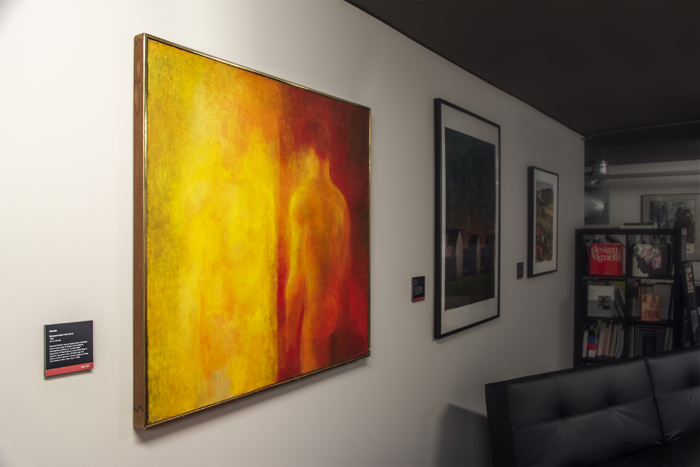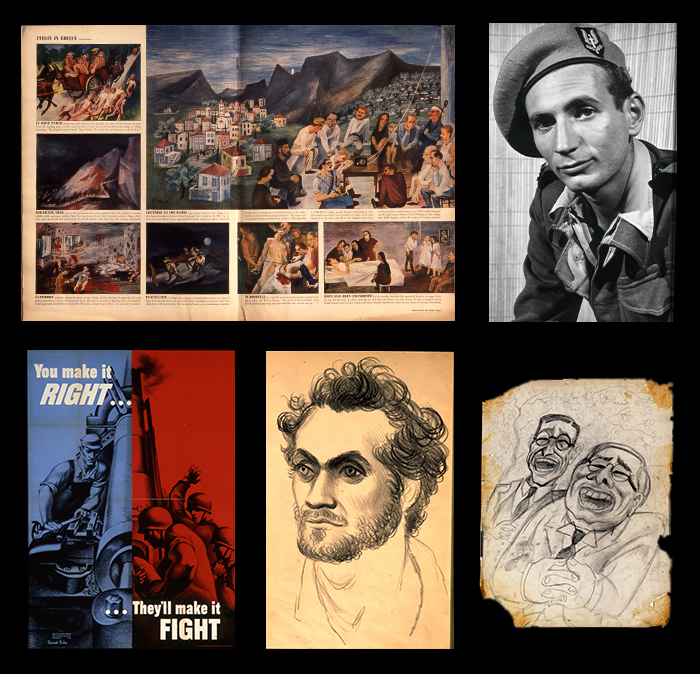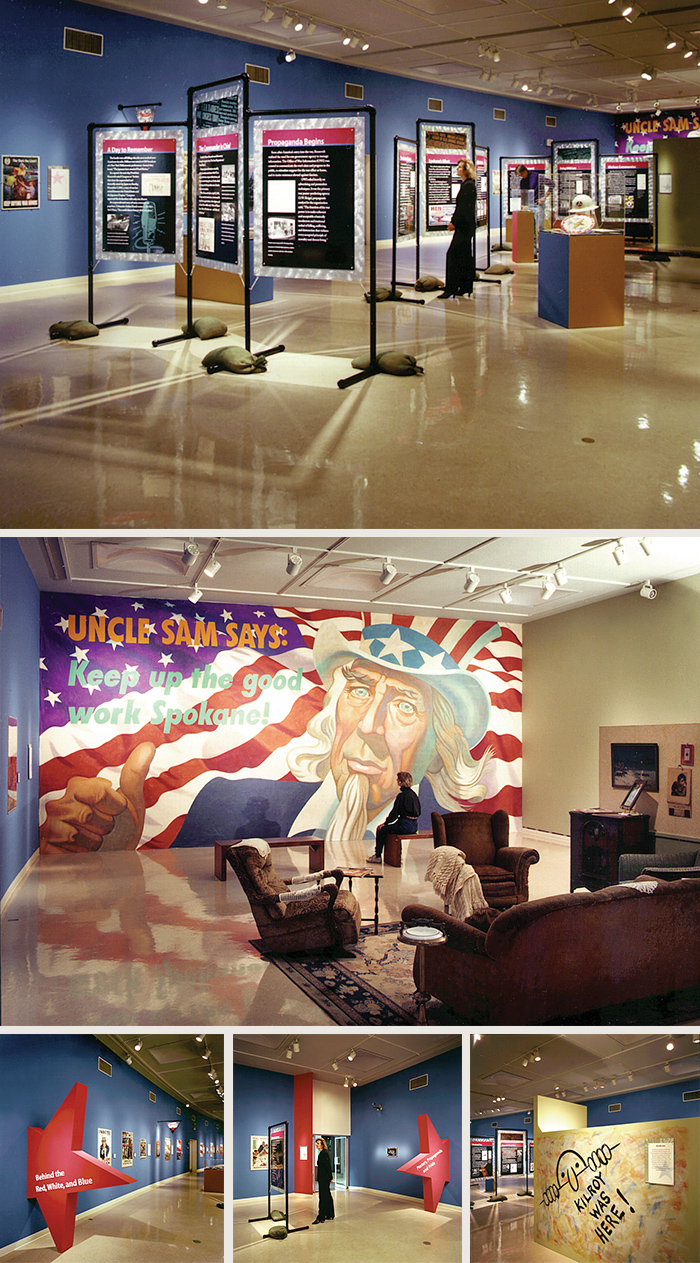Have you heard? helveticka is 30 years old. And since we never do things the easy—or, let’s be honest, normal—way, we celebrated not with a cake, but with an exhibit.
![]()
Mind if I shamelessly quote from the press release? Thanks.
“We’ve spent the last three decades building relationships with talented specialists hired to help strengthen our company’s outcomes,” explains [CK] Anderson, principal and creative director at helveticka. “So we created an exhibit that celebrates unique perspectives from 30 of those people.”
Curated, designed, written, and installed by Anderson and his team, CX30: Creative Experiences, Thirty Collaborators isn’t your typical exhibit, he says. While work from a few commercial visual artists is presented, the essence of the show is the personal stories provided by the participants themselves. “When we reached out to these 30 collaborators,” says Anderson, “we asked each to tell a story—about themselves, about their careers, about the creative experience. We were looking for tales of adventure; death-defying feats in the face of terrible danger. Maybe even one or two poking fun of clients.”
What they got instead was far more personal: They provided insights; recalled interesting, funny, or challenging circumstances; revealed breakthrough moments in their careers; offered business philosophies; and, at times, shared surprising personal details of their own creative experiences.
Among those represented in the exhibit are artists, photographers, illustrators, programmers, videographers, media buyers, printers, animators, fabricators, composers—even a cartoonist. While the majority of them are from Spokane, some hail from as far away as Los Angeles and Minneapolis.
“For those working in or around the creative industry,” says Anderson, “we think they’ll find these stories compelling and relatable. For those thinking about a career in the arts, or new to the creative profession, we hope it will be inspiring and informative. And for everyone else, we think it’s a wonderful way to showcase some amazing local talent—the sort of creativity most people just don’t realize is out there.”
CX30: Creative Experiences, Thirty Collaborators is up right now at the Washington Cracker Building, just a stone’s throw from helveticka world headquarters at 304 W Pacific Ave. Gallery hours are Thursday–Saturday, 5–7 p.m.
Can’t make it? Fear not: You can get a taste at 30creatives.com.
posted by: Aaron Bragg | category: the design life | make a comment




